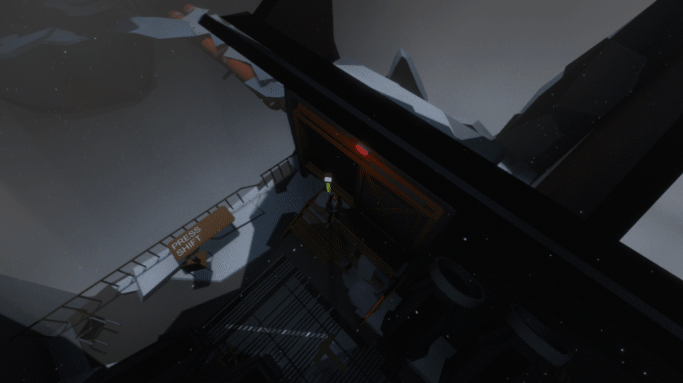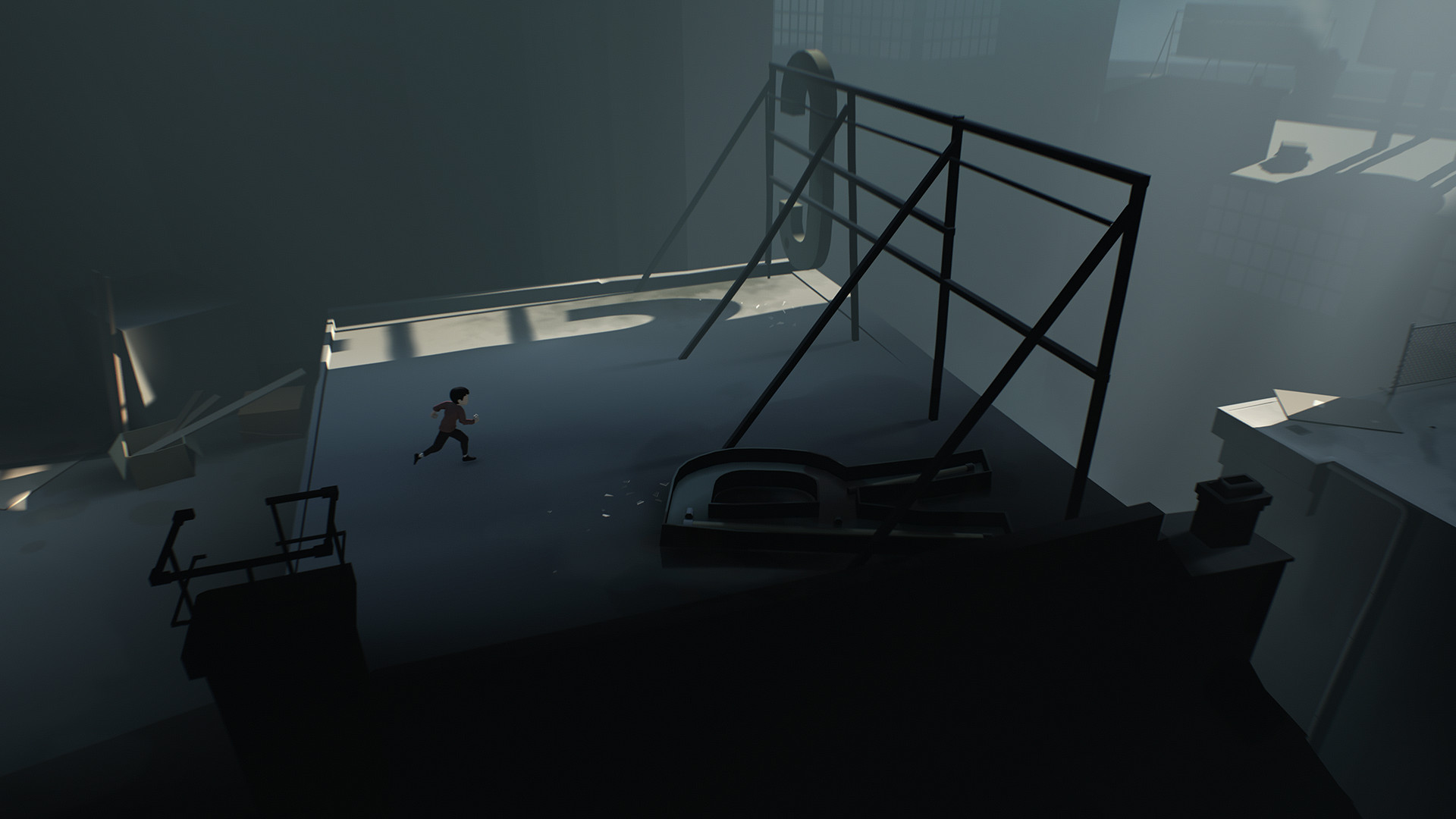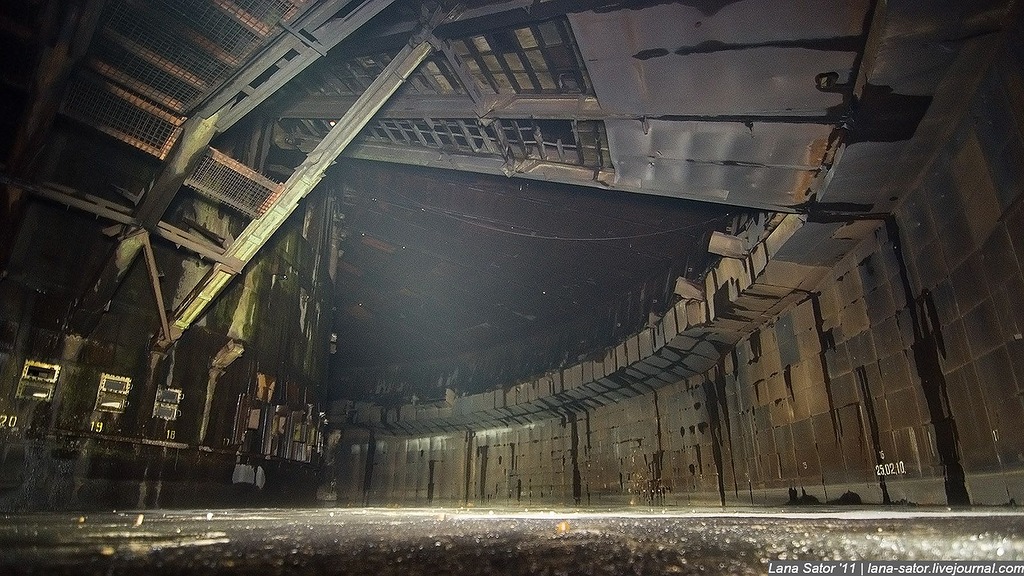Facility Alpha-7
A 3rd person single-player puzzle and exploration prototype. Uncover the secrets and story of Facility Alpha - 7. Working with your partner to solve and progress through each level, trying to find your way out and back to freedom.
I designed all the puzzles, created the environment, and programmed the character camera controller and an interactive trigger-based event system to perfectly frame each puzzle room while allowing players to control the camera.
Engine: Unity
Team: 7
Role: Designer, Programmer & Artist.
Duration: 4 months
Released: Itch.io
Highlights
▼
Objective
Developing a small narrative-driven and linear vertical slice that conveys the atmosphere and the core mechanic in less than 15 minutes.
Challenges
Creating a compact linear space that effectively guides players through an environment
Creating a camera system that framed each scene in a way that communicated the purpose of that space and pushed players to advance using the golden ratio rule
Designing a simple gameplay mechanic that tied in well into the narrative
Problem 1
How to effectively guide the players through a small semi-linear set of puzzles that incrementally develop robust player heuristics.
Solutions
Make the level as small as it needs to be to fit the necessary mechanics and supporting elements; anything extra will bloat the scope while distracting from code message of the level. Use irregular shapes and verticality to create a more exciting space. Compose the level in a way that encourages pleasant and effective framing of critical landmarks.
LEVEL BUILDING PROCESS
The level design was done in 5 stages that covered 4 levels of quality.
L0 The level was rapidly sketched in Photoshop and then converted to a 3D blockout in Maya in a matter of hours.
L1 The technical requirements and potential challenges were tested using the lockout, which influenced the structure of the level.
L1 The blockout was then iterated until it covered all the necessary criteria, and playtesters could independently complete the game while having fun.
L2 - L3 The level was then further iterated and refined using further playtesting and application of various level design principles and architectures.
L4 Finally, the level was set dressed, and touched up with additional SFX and VFX.
Key visual elements
Using yellow lines to guide player eyesight to the next destination and highlight critical pathways through the environment.
Farming scenes use a golden ratio to make the eye naturally land on the most critical element in the level and to foreshadow future locations.
Using white glowsticks as breadcrumbs to guide the player.
Using the custom dynamic camera rig for uniquely framing each room.
Using blue and teal colors as a highlight for narrative POIs.
Using red for negative things and green for positive and affirming things.
Level development process was informed by change to gameplay and playtesting results.
LEVEL DESIGN ELEMENTS
The level is split into 16 rooms. Each room introduces something new and reinforces a previously taught game element.
Each room was designed carefully, considering shapes, colors/lighting, motions, sounds, topology/composition, pacing, themes, affordances/interactivity, and the golden ratio. Moreover, each element in the game was carefully placed to influence the player subconsciously. This often drove them towards objectives or reinforced a specific mood. Some composition choices were made to give the game more replayability or to empower the player to progress through the level more effectively and confidently.
Examples of thinking behind some of the rooms.
ROOM 5 BREAKDOWN
This room is a tutorial, introducing players to deliberate interaction and influence within the game world. Attention is directed towards the interactive point through camera rotation and a backtrack opportunity. A diegetic UI hint highlights the button to open the door. The door's position follows the golden ratio rule or is centered, with a blinking light and yellow lines drawing attention. The red light and panel indicate the closed door, and the interaction triggers a scanning animation, adding narrative intrigue.
ROOM 13 BREAKDOWN
This room expands player's understanding of character dynamics and game mechanics through recursive audio-visual feedback. The layout arranges objects using the golden ratio rule, while yellow lines guide player movement. Shadowed areas isolate entrances and highlight new interactive entities. The next room is foreshadowed on the right, encouraging progress. White lights guide players through interaction stages. Pads offer alternate door interaction using recognizable recursive visual language. Green highlighting on pads indicates success and prevents visual obstruction.
Problem 2
How to frame a scene to encourage players to advance and create a set that best conveys interactions and purpose.
Solutions
Design sections of the level in a way that naturally encourages the player to rotate the camera in a direction that would be advantageous to them. This can be easily finetuned through rigorous playtesting and diligent use of color, shapes, movement, and sound. Additionally, I developed a camera right that automatically reset the camera to the best camera angles when players are not moving, allowing for a room with narrative elements to frame the subject in the best way possible and for the camera to face the right direction when players need to stop and think.
Problem 3
How to design a simple puzzle gameplay mechanism allowing players to see the same environment from a different perspective.
Solutions
Collaborating with team members, we prototyped many mechanics and tested them on paper. One stood out from the other.
Have characters of different sizes that players could rapidly switch between. One character is a child, while the other is an adult. This allows each character to have opportunities in the environment the other character does not have. We also deliberately forced players to switch between the two characters to further underline the required shift in perspective to see the opportunities within the level.
Additional Notes
▼
Overview
The motivation behind this project was to develop an incredibly polished level for a third-person adventure game with a twist that would influence the narrative and the gameplay.
Pillars
A minimalist approach to every aspect of the game.
Zero tolerance for feature creep.
All entities in the level must have a clear and distinct justification.
New rooms must introduce new concepts and reinforce previously introduced mechanics.
INSPIRATIONS AND RESEARCH
Inside, Metro, Stalker, and Uncharted-inspired level design.
Uses a TAA solution created by Playdead.
The atmosphere and the overall visual art style were inspired by how The Witness handles texturing and the creation of small spaces packed with interactivity.
Metro and Stalker inspired the dark atmosphere.
Rime, Brothers: a Tale of Two Sons and Humans Fall Flat inspired how levels are segmented, and each area has a distinct purpose.
Photographs made by Lana Sator and concept art by Simon Stalenhag inspired the theme and the atmosphere.






















































